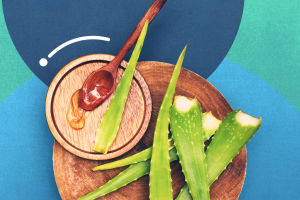Hey Lykkers! Every kitchen has one, yet its daily importance is often overlooked.
The humble kitchen sponge is a staple in homes worldwide, used for everything from washing dishes to wiping down counters.
But there's more to this everyday hero than meets the eye.
Versatility at Its Best
The kitchen sponge's simple design belies its versatility. Composed of a soft, absorbent material on one side and a rough, scrubbing surface on the other, it's perfectly equipped to handle a variety of cleaning tasks. Whether it's removing stubborn food residue or gently cleaning delicate glassware, the kitchen sponge is up to the task.
Equipment Review: The Best Kitchen Sponges
Video by America's Test Kitchen
Hygiene and Maintenance
However, the usefulness of the kitchen sponge comes with a caveat: hygiene. These sponges can harbor bacteria and germs if not properly maintained. It's essential to regularly disinfect and replace your kitchen sponge to ensure it remains a helpful tool rather than a health hazard.
Sustainability and Eco-friendly
Alternatives In recent years, the environmental impact of kitchen sponges has come under scrutiny. Traditional sponges are often made from non-biodegradable materials, contributing to landfill waste. Fortunately, eco-friendly alternatives made from natural fibers and recyclable materials are gaining popularity, offering a sustainable option for environmentally conscious consumers.
Effective Cleaning Techniques
From the right scrubbing techniques to knowing when to use more abrasive materials, optimizing sponge's use can lead to better cleaning outcomes and prolong the life of the sponge.
The kitchen sponge may be small, but its impact on daily kitchen hygiene and efficiency is immense. By choosing sustainable options and maintaining proper hygiene practices, this underappreciated tool can continue to be a central part of our kitchen routines while also aligning with eco-friendly values.


